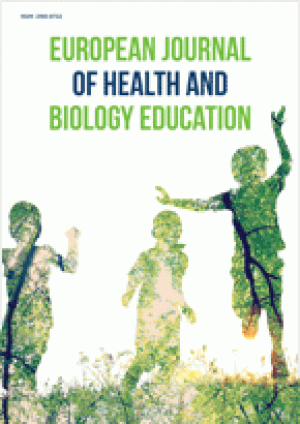Abstract
The objective of this research is to study the effect of instructional strategy and learning independency toward learning outcome in Dermatology studies. The research was conducted at the Christian University of Indonesia, with 58 university students as samples, selected randomly. And using experiment method with 2 x 2 factorial design. Finding of the research are as followed: (1) learning outcomes of the students with cooperative strategy are higher than those who received expository strategy; (2) there is interaction between instructional strategy and learning independency of the students; (3) learning outcomes of the students with high learning independence are higher when cooperative strategy is used than when they learn with expository strategy (4)learning outcomes of the students with low learning independence are higher whencooperative strategy is used than when they learned with expository strategy. Result ofthe research showed that students’ learning outcomes on Dermatology studies couldbe improved by applying appropriate instructional strategy with considering universitystudents’ capability.
License
This is an open access article distributed under the Creative Commons Attribution License which permits unrestricted use, distribution, and reproduction in any medium, provided the original work is properly cited.
Article Type: Research Article
European Journal of Health and Biology Education, Volume 7, Issue 1, June 2018, 1-9
https://doi.org/10.29333/ejhbe/87032
Publication date: 15 Jun 2018
Article Views: 1134
Article Downloads: 643
Open Access References How to cite this article
 Full Text (PDF)
Full Text (PDF)